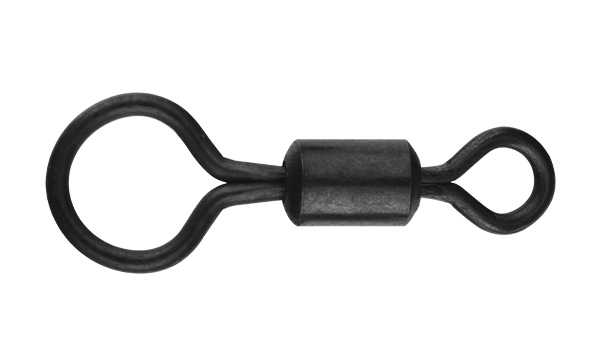

Buoys are very important in our Taiwan fishing, and sho […]
Buoys are very important in our Taiwan fishing, and should be changed according to changes in water conditions, venues, and environments. However, in any case, you should understand and be familiar with the types of commonly used floats
1. Long feet, short body and long tail
This type of target has high sensitivity and is slow to turn over, but it has a long downstroke after turning over and before it is in place, which is suitable for fishing interface and mixed breeding, while the thin carbon feet, slender tail, short body and sharp ends are especially suitable for fishing light-mouthed fish. Although, this kind of mark is not suitable for catching fast fish and disorderly fish due to its slow turning over and long travel before it is in place after turning over. But it is the choice of comprehensive standard, itinerary standard and light mouth standard (winter standard). Of course, the tail of the comprehensive mark should be more eye-catching, and the tail of the light-mouthed mark should be eye-catching as far as possible, the eye spacing should be small, and the material of the mark body is reed. At the same time, we should also pay attention to the thickness of the body. Generally, the thick body of the body will move slowly after turning over, which is conducive to attracting fish and the interface with the fish, while the thinner body of the body is more sensitive, and the fish will feel stronger when it is baited. Generally, it is enough for us to equip each set (three: No. 1, No. 2 and No. 3) of comprehensive marks, travel marks and light mouth marks for the corresponding fish conditions.

2. Short feet, long body and long tail
This buoy is the most widely used and suitable for fish conditions, and it is also a kind of buoy. The feet are short, generally divided into carbon feet and bamboo feet. The body is slender and made of balsa wood, peacock feather and reed. The standard tail is a solid slender hard tail, generally 11 mesh. This standard turns over quickly, descends evenly and smoothly, has good stability, and has few false mouths. It is especially suitable for fishing bottom and bottom interface and fast fish. For novices, this standard is the easiest to grasp. It is also suitable for fishermen who have a standard to fight the world. Adjust the fishing height for slippery fish, and lower the fishing height for raw fish, which is very comfortable to use. What needs to be emphasized is that the bamboo-footed balsa wooden mark in this type of mark is especially suitable for fast fish because of its quick turning over and bottom-floatability. Therefore, this is the standard bottom fishing mark we choose. Generally, we are equipped with such a set (three: No. 1, No. 2, No. 3) of bottom fishing marks with carbon feet and bamboo feet, which is enough for the corresponding fish situation. Of course, if conditions permit, such a bottom fishing mark will be more targeted if equipped with a set of carbon-footed reed marks.
3. Short feet, long body and short tail
This kind of mark turns over quickly, quickly reaches the bottom after standing, and has a short stroke, which can effectively avoid some messy mouths before the bottom. In addition, most of the tails of this mark are made of soft tails. Therefore, this mark is generally used to deal with slippery fish and disorderly fish. . In particular, the well-crafted shelled peacock feathers, short carbon feet, slender body, and soft tail are still excellent when dealing with slippery fish and messy fish. It has become a good choice to use this mark to catch a line of mouth near the adjustment when fishing slippery fish at the bottom. The current classic fishing method. Therefore, when we choose buoys to deal with slippery fish and disordered fish, we can equip a set (three pieces: No. 1, 2, and 3) of shelled peacock feathers, short legs, slender body, and soft tail. Of course, if conditions permit, it would be even better to equip a set (three: No. 1, No. 2, and No. 3) with short carbon feet, extra slender body, and reed soft-tailed winter flags to deal with light-mouthed slippery fish.
4. Short feet, short body and long tail
Due to the long tail and short body of this kind of mark, and its feet are generally made of bamboo feet, this kind of mark turns over quickly, has high sensitivity, and takes a long time to respond to fish news. It is suitable for fishing floating fish in the middle layer and above, especially in fishing Catch fast fish when the density of fish is too high and the float is too high. Therefore, when we deal with this kind of fish situation, it is enough to prepare a (generally No. 2) short leg short body long tail mark.
5. Short feet, short body and short tail
This kind of mark is generally a water skin mark, which is mainly used to catch extremely shallow raw-mouthed floating fish. Of course, if the water layer floating up to the fish is high and chaotic in the last few games of the slippery fish, the water skin mark is also a good choice. A good choice. Don’t have too many water skin labels, just prepare one (usually No. 1 or No. 2).